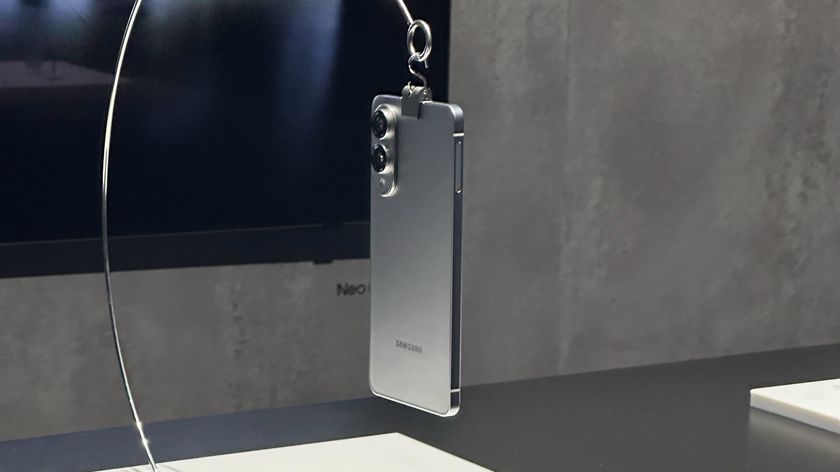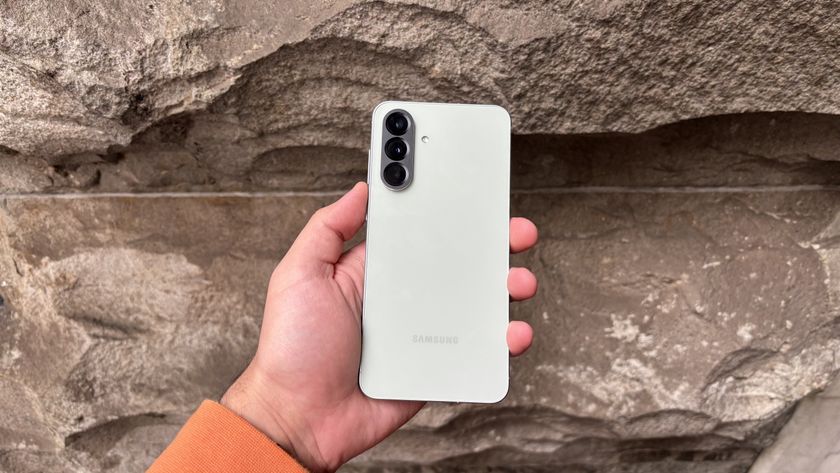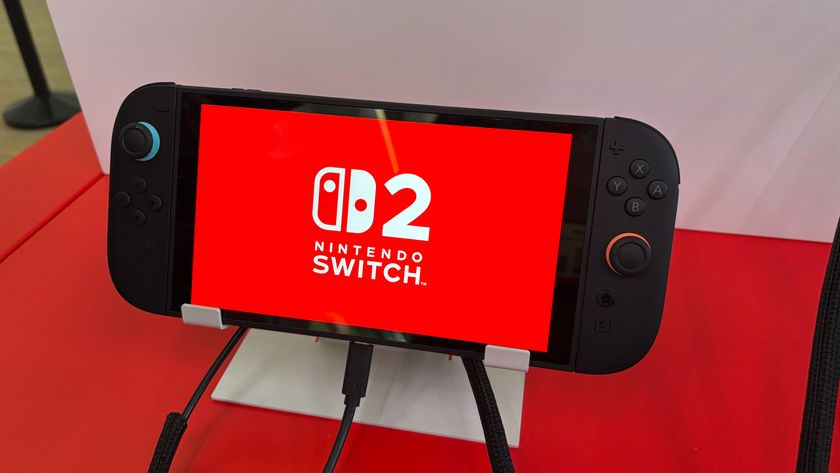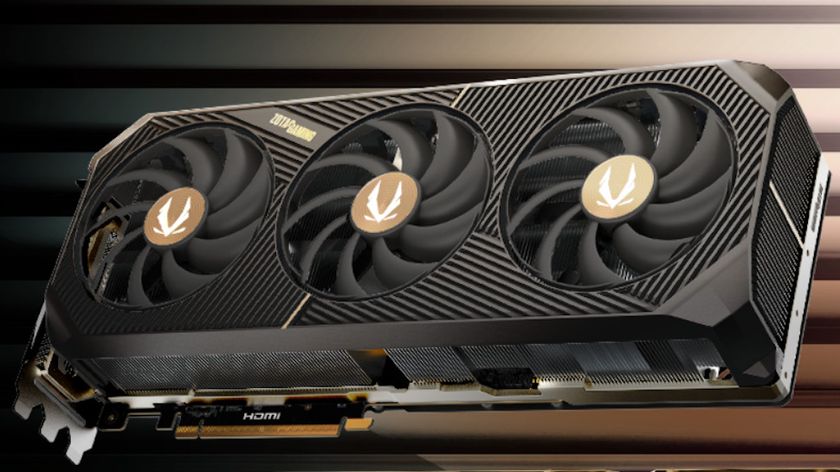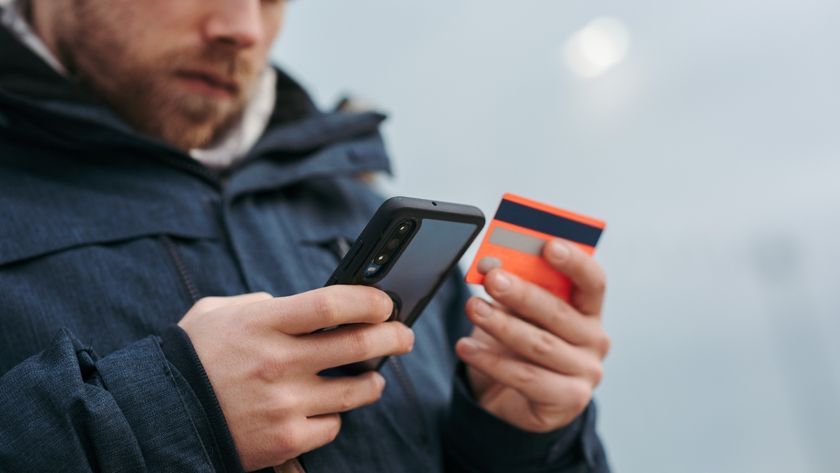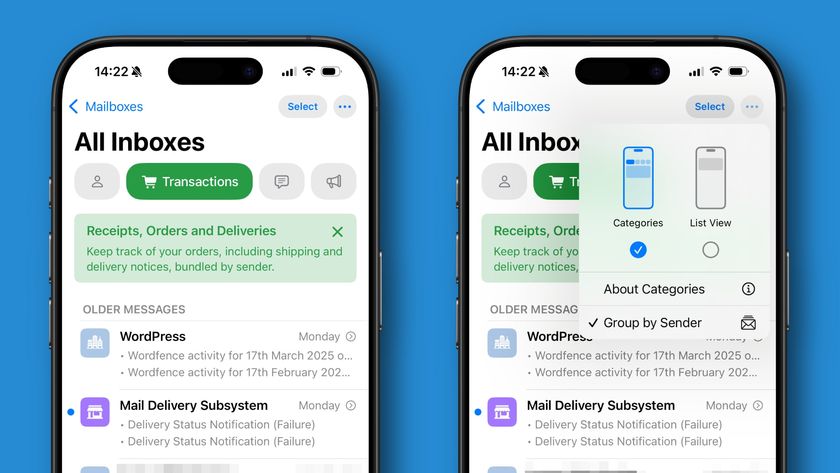Google Pixel 4 will resurrect one of Samsung's most useless Galaxy features
New features revealed by...Google!
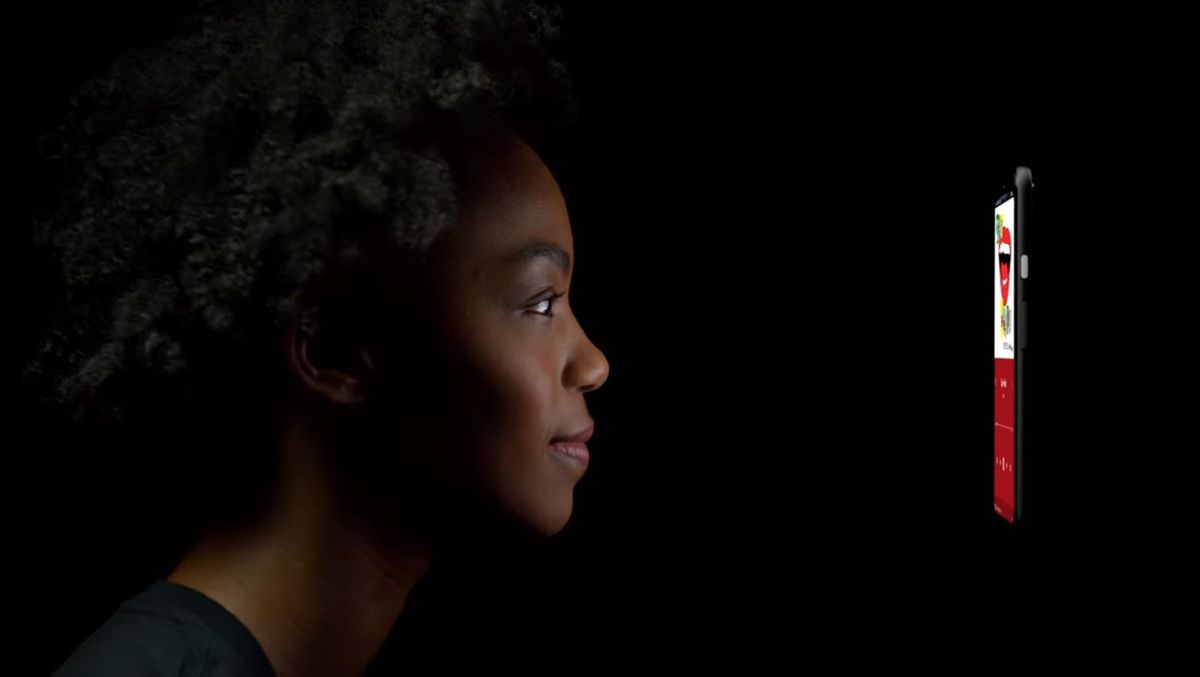
Google must be getting tired of leaks for its upcoming Pixel 4. The company just up and announced two huge features its flagship will feature: the air-gesture-control Motion Sense and Face Unlock.
In a tweet and blog post, Google outlined the two features – along with the new tech embedded in the phone that makes them possible.
Look internet, no hands. #Pixel4 Learn more https://t.co/PYY0AFcnyI pic.twitter.com/f9v51VbXWdJuly 29, 2019
Motion Sense is made possible by Soli, a motion-sensing radar Google says it’s been working on for the last half-decade. Soli is apparently a scaled-down version of the common technology, but used to detect intricate finger gestures instead of planes and ships.
You’ll be able to use it for simple controls, like switching songs or apps, which makes it sound a lot like the LG G8’s Hand ID gesture control. Curiously, Google mentions that Motion Sense will only be available in “select Pixel countries.”
Saying that, what it really reminds us of is Samsung's 'Air Gestures' on the Galaxy S4, a feature that goes down in TechRadar folklore as one of the most pointless features ever seen in a handset.
The fact that LG and now Google are bringing this old feature back makes us feel that the tech is starting to get to a more useful level, but it still lacks the killer feature that makes waving our hands in front of a smartphone seem better than, you know, just touching it.
Back to normality, and as described Face Unlock will work much like Apple’s Face ID, though it should start authenticating as soon as you lift the phone and work in nearly every orientation, even upside down.
Get daily insight, inspiration and deals in your inbox
Sign up for breaking news, reviews, opinion, top tech deals, and more.
That seems more versatile, and hopefully as secure. (The Google post notes that facial recognition is processed on the Pixel 4 itself and stored locally, as is the Soli sensor data, which is “never saved or shared with other Google services.")
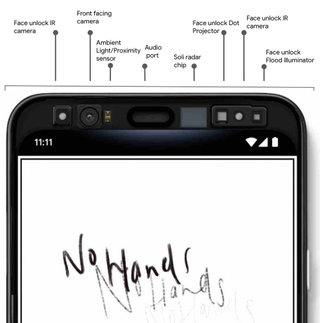
Both features are made possible by a new suite of sensors spanning nearly the entire top bezel (which might be why it kept the Pixel 3’s massive header).
This includes an IR camera, dot projector, and flood illuminator – all for Face Unlock – along with a Soli radar chip.
Google intends to improve these features over time, which is unsurprising given how long it's supported older Pixel handsets with new software. But, we imagine only the Pixel 4 and beyond will be able to support Motion Sense and Face Unlock.
New features in, old features out
So, if Face Unlock just like Face ID on iOS, does that mean the Google Pixel 4 won’t have a touch sensor? None of the renders – or even the Google-released cropped teaser shot – show a fingerprint sensor on the rear or sides of the phone.
The Google Pixel 4 could indeed have an in-screen fingerprint sensor, like most phones coming out this year. It would be a first for Google, as the Pixel 3 and Pixel 3a both have traditional rear fingerprint sensors.
But, no leaked Pixel 4 renders have depicted in-screen fingerprint scanners (hard as that would be), nor have rumors mentioned any.
While Google could be waiting until later to reveal the phone will have one, which would be far from the most exciting feature, we have to keep the possibility open that flagship Pixel handsets will rely on facial recognition for authentication from here on out.
- The Pixel 4 is shaping up to be a contender for our best Android phones list
David is now a mobile reporter at Cnet. Formerly Mobile Editor, US for TechRadar, he covered phones, tablets, and wearables. He still thinks the iPhone 4 is the best-looking smartphone ever made. He's most interested in technology, gaming and culture – and where they overlap and change our lives. His current beat explores how our on-the-go existence is affected by new gadgets, carrier coverage expansions, and corporate strategy shifts.

